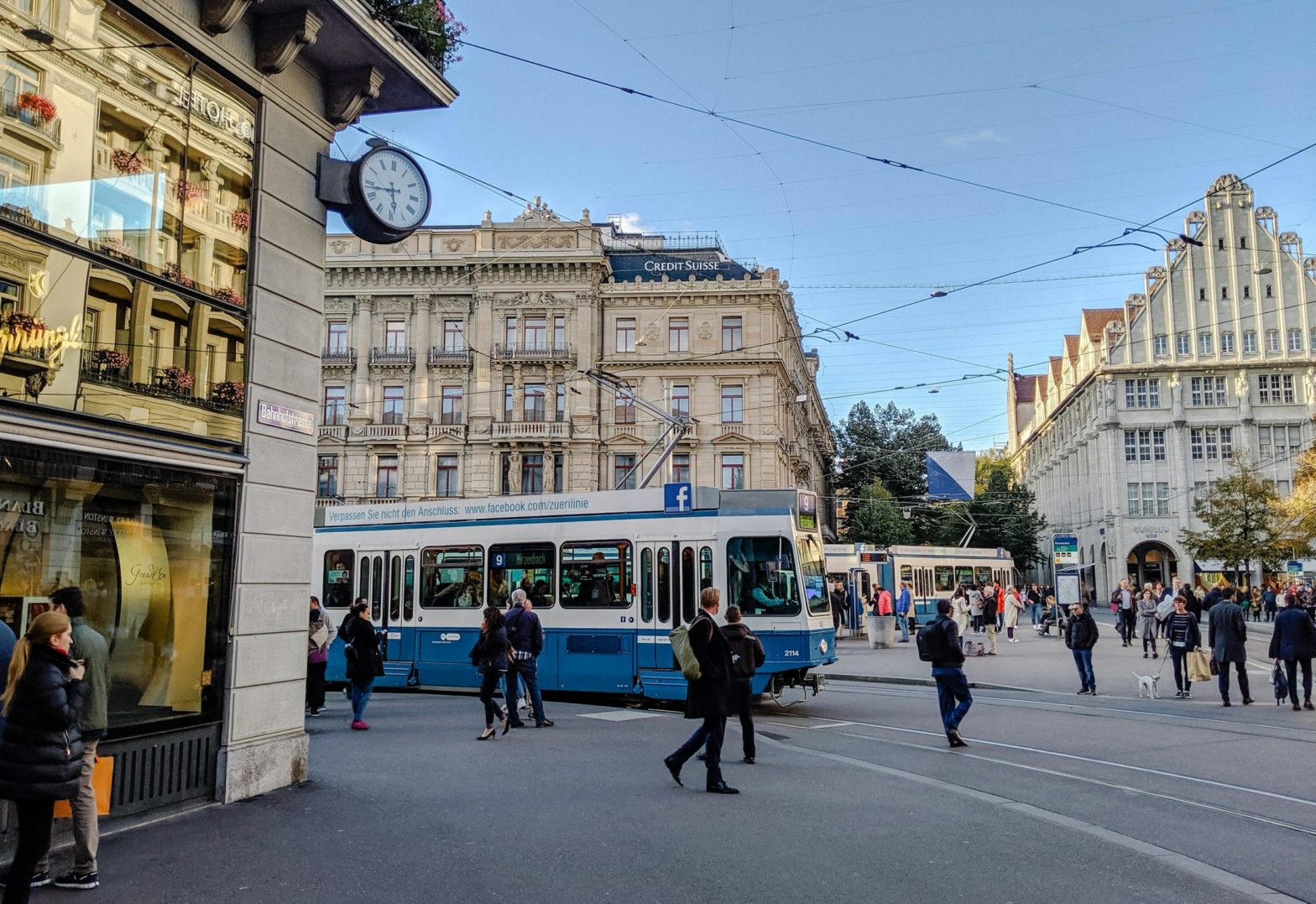
How US cities are navigating post-COVID transit challenges
01 November 2022
by Christopher Carey
Federal funding from the Infrastructure Investment and Jobs Act is enabling historic investments in US public transportation. Cities still face significant challenges, though.
At the recent Cities Today Institute City Leadership Forum in San Francisco, transit leaders from across the country outlined some of the major issues they’re addressing, from uncertainties about long-term trends to changing entrenched behaviours.
Changing work environment
The dramatic shift in commuting patterns after millions were told to work from home during the pandemic has left cities wondering to what extent old habits will return.
“Some of the biggest challenges we’re facing are adapting to the changing work environment,” Darton Ito, Innovation Manager, San Francisco Municipal Transportation Agency, told Cities Today.
“We’ve lost a lot of ridership over the last few years, so trying to figure out whether this is permanent or if we should shift to find new markets or new ways to bring those customers back – these are some key questions.”
Despite the overall drop in ridership, some routes in the city saw an increase in users of up to 150 percent in certain areas.

“Routes that tended to serve more of our neighbourhood commercial corridors that connect residents were the ones that saw the highest increases [in ridership] – so people making trips to local retailers and grocery stores, or to go to lunch or dinner,” said Ito.
“On the flip side, the routes going towards the downtown core are the ones that struggled.”
The total number of people commuting to work in the city has decreased by nearly 100,000, and only 11 percent of San Franciscans used public transportation to commute to work in 2021, compared to 36 percent in 2019.
But the city hopes new initiatives, like the Van Ness Bus Rapid Transit (BRT) corridor – a 3.2-kilometre dedicated route which opened last April – will help.
“On the Van Ness corridor, being able to provide a quick and reliable service through measures like dedicated bus lanes are important,” said Ito.
“The focus of transportation has been to move the highest number of people in the most efficient way, so focusing on higher density developments along existing transit corridors is crucial.”
Climate concerns
With the frequency and cost of natural disasters across the US rising over the past few decades, certain cities – particularly those in coastal regions – have found themselves vulnerable to sudden changes.
“The biggest challenge we’re always going to have is [related to] drainage and resiliency,” said Veronica Davis, Houston’s Director of Transportation and Drainage Operations.

“A lot of times we think just about the big storms – for example, we’re still rebuilding back from [Hurricane] Harvey [in 2017].
“But even now I’m finding that the extreme, regular rainstorms are starting to create more flooding challenges for us, so we have to be very forward-thinking and aggressive in our Resilient Houston plan.”
Houston’s climate action plan, which it launched two years ago after grappling with six major flooding disasters in five years, includes a target to slash emissions by 40 percent by 2030 and become carbon-neutral by mid-century.
Alongside plans to plant 4.6 million trees by the end of the decade, the city will work to modernise homes and boost drainage infrastructure.
Redesigning streets
Encouraging people out of cars and onto public transport and active travel is something US cities often find challenging, particularly when compared to their European counterparts. Succeeding means providing attractive options as well as challenging attitudes.
Besides improving public transport offerings, Portland has transformed its cycling infrastructure over the past two decades and is now consistently ranked as one of America’s most cyclable cities.
From 2000 to 2019, the city quadrupled its daily number of bike commuters and increased the mode-share of people commuting to work from 1.8 percent to 5.2 percent.
Bike lanes and paths were expanded from 363 kilometres to 633 kilometres, and parking facilities were also boosted.

In 2019, the cyclist injury rate in Portland – calculated as total injuries relative to total bike trips – was less than half of what it was in 2000, a reduction that has been attributed to the city lowering road speeds and improving the design of streets to make them more cyclist and pedestrian-friendly.
During COVID-19, when many US cities seized the opportunity to implement pro-cycling measures, Portland did not adopt any new measures but continued its existing plan – adding another 20 kilometres to its bikeway network from late 2019 to early 2022, with a further 125 kilometres planned for the coming three to four years.
“We’re in an implementation cycle where we’re really changing our streets pretty radically with relatively low cost investment in terms of restriping streets or reprioritising the use of the roadway at a relatively rapid scale with a general understanding – at least politically – that this is what it takes to grow up as a city,” said Art Pearce, Director of Policy Planning and Projects in the city’s Bureau of Transportation.
Changing attitudes
There’s still work to do, though.
“The biggest challenge we’re facing in Portland is this shared understanding of how all our individual choices – from the person going to work to freight providers – can affect everyone else,” Pearce said.
“The lack of a shared understanding that we’re actually all curating our transportation system together, and instead seeing ourselves as individual actors who are being impacted by ‘the system’, can lead us to being disappointed by how well ‘the system’ serves us rather than understanding that we’re actually part of it.”
He added: “I think this leads us to decide to drive rather than take transit, because its faster for us – even though as a system we’re then delaying everyone else, and ultimately, all delaying each other.
“We’re moving from a policy conversation around these trade-offs [to] the broader policy understanding of the need to make a change based on climate action, vision zero etc.”
Carrot or stick?
“Stubborn behaviour” is also one of the biggest issues facing the City of Eugene, said Jeff Petry, Curbside Services Director.

“People that want to travel by bike or transit, they already know about it. We have a lot of people that have just been doing the same thing for decades.
“So now we’re looking at how do you educate, motivate or incentivise people in new ways to get out of the car.”
When asked if cities need to employ more ‘stick’ than ‘carrot’ in getting people onto sustainable modes of transport, Petry sounded a cautious tone.
“I think any changes need to be thoughtful – I feel like our society can be confrontational at times, so it’s a question of how do you motivate change?
“That can be taking away a lane and squeezing down traffic a bit, but also understanding if there is a way to recognise where people are going, why they are travelling, why they are driving – looking at everyday living versus everyday commuting.
“Because there’s a segment of the population that’s not going to and from work anymore [due to working from home], so looking at whether there’s an opportunity to figure out how they get around can help future planning.”











